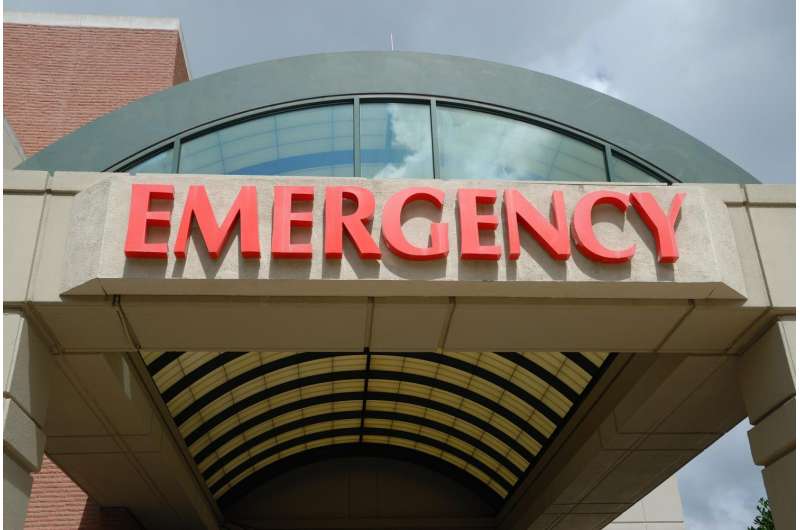Retrospective study suggests ED physicians improving both outcomes and efficiency of care

As policymakers focus on improving health care value, there has been increasing attention to Emergency Department (ED) care, which is often thought to be high cost and of variable quality, according to policymakers and health care leaders. Yet despite rising ED costs and efforts to encourage alternative sources of acute care, such as going to an urgent care clinic or a primary care physician, one in five Americans visits an ED annually, a number that has continued to rise. However, alongside rising ED utilization has been a national trend toward admitting fewer ED patients to the hospital, as alternative payment models have proliferated and hospital capacity has declined. Yet, the impact of these trends on clinical outcomes is unclear, and there has been concern that they may lead to patient harm.
In a new study published today in JAMA Internal Medicine, a team of researchers led by Laura Burke, MD, MPH, an emergency medicine physician at Beth Israel Deaconess Medical Center (BIDMC), found that among Medicare beneficiaries receiving ED care in the United States, mortality within 30 days of an ED visit has declined in recent years, particularly for the highest-severity patients. These declines occurred as fewer patients were admitted and were instead sent home. In the context of declining admission rates through the ED, these findings appear to suggest that ED care in the U.S. may be improving meaningfully over time.
"It's important for policymakers and researchers to consider trends in emergency care from a broader perspective," said Burke, who is also an Assistant Professor of Emergency Medicine at Harvard Medical School. "Too often, people focus on ED visits as being very expensive and see the growing intensity of emergency care as wasteful or unnecessary—however, emergency physicians on the front lines know that appropriate intensity of care, such as running more tests and administering more treatments when indicated, can provide a lot of value to the health care system and, most importantly, to patients. They do so by providing timely diagnosis and treatment and often, preventing the need for a more expensive hospital admission. Our results also suggest that the evolving practice of emergency care may also be leading to better outcomes."
In this retrospective study, Burke and colleagues looked at more than 15 million ED visits in the United States among traditional Medicare beneficiaries from 2009 to 2016. They looked at how often patients were admitted to the hospital—versus sent home from the ED—and whether this was changing over time. They also examined whether the time trends—changes in mortality rates over time for Medicare beneficiaries using the ED—were similar across different types of hospitals, including large academic medical centers, small community hospitals, urban hospitals and rural hospitals. They also explored whether these trends were greater for the sickest ED patients compared to the healthiest.
Burke and colleagues found that mortality rates within 30 days of an ED visit improved by 23 percent from 2009 to 2016—a trend that was greatest for the sickest patients. When extrapolated to national ED visit rates among Medicare beneficiaries, this translates to nearly 200,000 fewer deaths in 2016 than would have occurred if mortality rates had remained at 2009 levels. These improvements occurred even though EDs sent more patients home and admitted fewer to the hospital, suggesting that emergency physicians are improving both outcomes and efficiency of care. Additionally, non-profit, major teaching hospitals and urban hospitals saw the more significant improvement in mortality over time. Taken together, these findings suggest that overall outcomes of patients visiting the ED have improved.
"When researchers and policymakers studying emergency care look only at trends in patients who are discharged from the ED, as they commonly do, they may miss the fact that this pool of discharged patients is becoming increasingly complex over time as more patients who would've been hospitalized in the past are now being managed in the ED and sent home rather than deferring additional testing and treatment to the hospital setting," said Burke. "Additionally, the fact that these gains were not equally distributed across hospitals means that there should be greater attention paid to those hospitals that have lagged behind and understanding how we can best help all hospitals improve."
More information: Laura G. Burke et al. Trends in Mortality for Medicare Beneficiaries Treated in the Emergency Department From 2009 to 2016. JAMA Intern Med. Published online November 4, 2019. DOI: 10.1001/jamainternmed.2019.4866



















